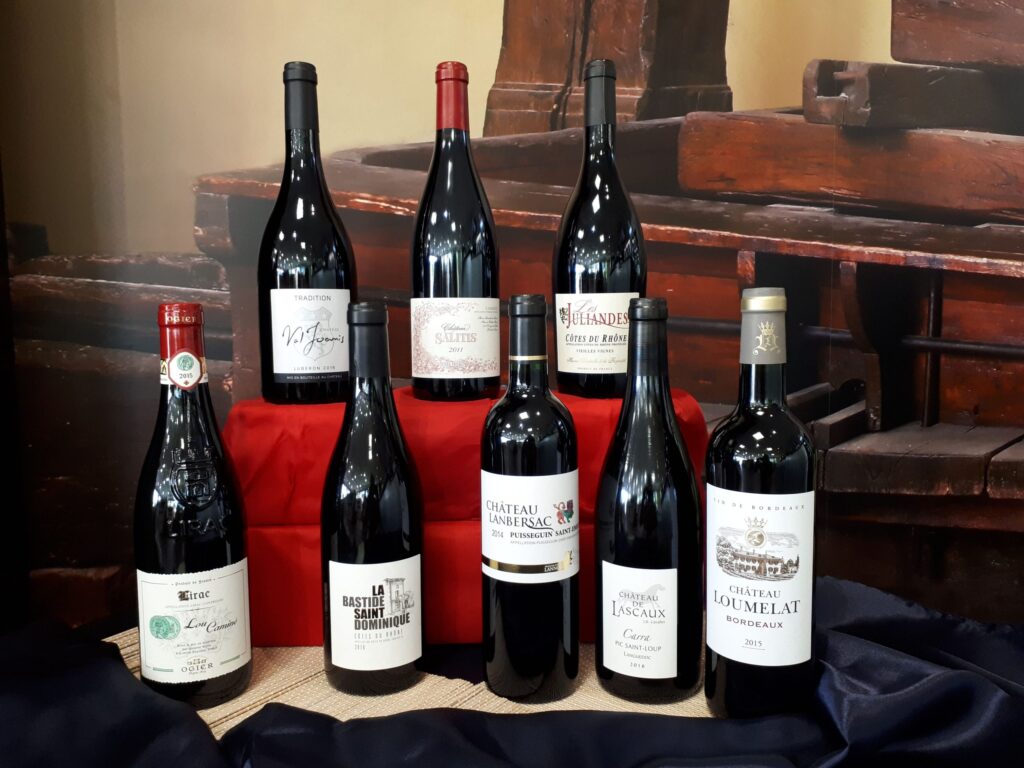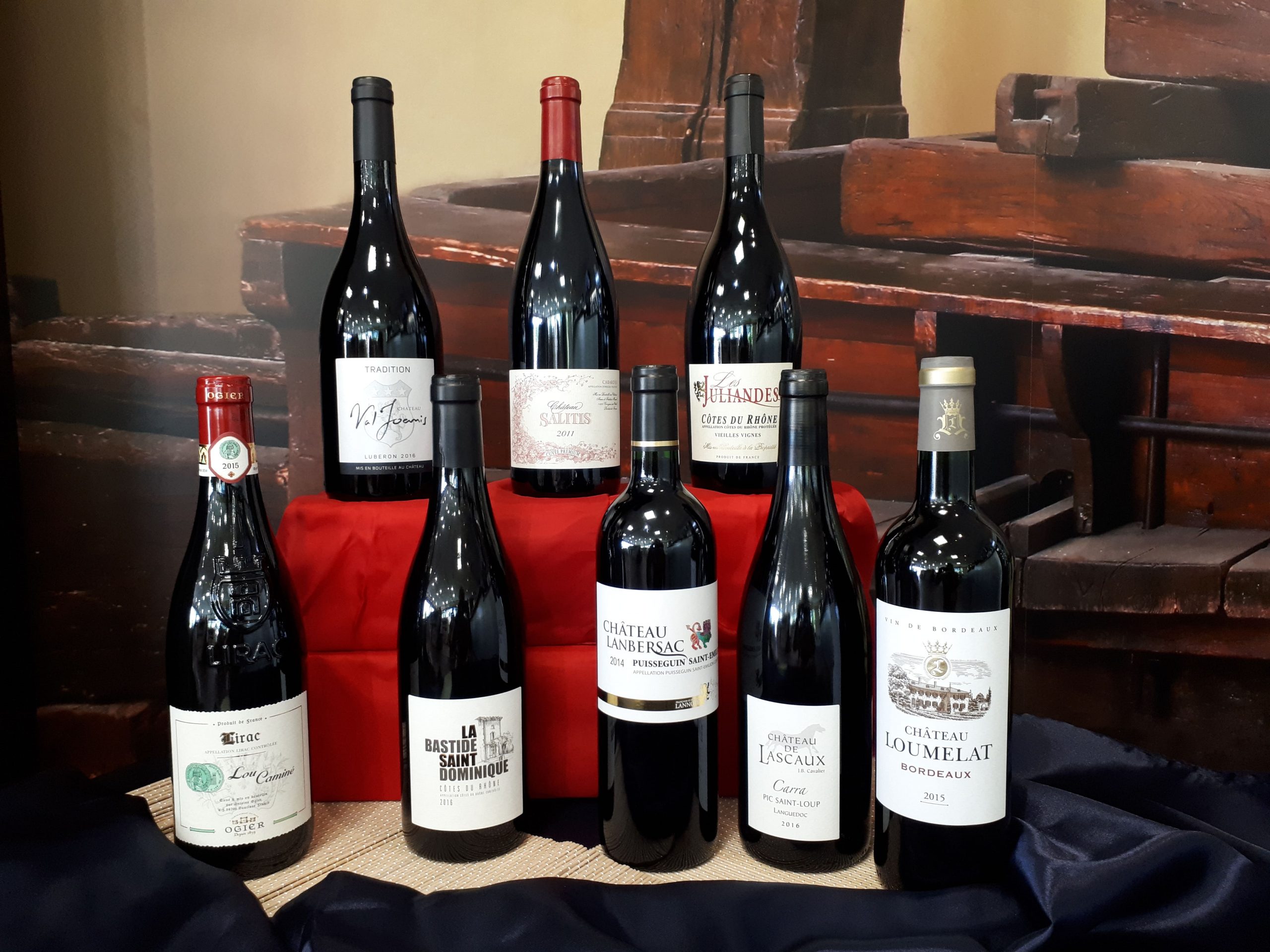
Uncorking the Mystery: A Deep Dive into Vin Rouge
Vin rouge, the French term for red wine, evokes images of romantic dinners, cozy evenings, and sophisticated gatherings. But beyond the simple translation lies a world of complexity, nuance, and history. This article delves into the fascinating realm of vin rouge, exploring its production, diverse styles, key regions, and how to best appreciate its unique characteristics. From the light and fruity to the bold and tannic, understanding vin rouge is a journey worth taking.
The Art of Making Vin Rouge
The production of vin rouge is a meticulous process, starting with the selection of grape varietals. Unlike white wines, red wines derive their color and tannins from the grape skins. This crucial maceration process, where the juice remains in contact with the skins during fermentation, determines the depth of color, the level of tannins, and the overall structure of the wine. The longer the maceration, the more intense the color and the greater the tannic presence.
Fermentation converts the natural sugars in the grapes into alcohol. Winemakers carefully control the temperature during fermentation to optimize the extraction of color and flavor. After fermentation, the wine is typically aged in oak barrels, which impart additional flavors like vanilla, spice, and toast. The type of oak, the age of the barrel, and the duration of aging all contribute to the final character of the vin rouge.
Key Grape Varietals in Vin Rouge Production
Several grape varietals are prominent in the production of vin rouge around the world. Each varietal contributes unique characteristics to the wine:
- Cabernet Sauvignon: Known for its blackcurrant, cedar, and tobacco notes, Cabernet Sauvignon is a full-bodied grape often used in Bordeaux blends.
- Merlot: Softer and fruitier than Cabernet Sauvignon, Merlot offers flavors of red cherry, plum, and chocolate. It’s also a key component of Bordeaux blends and stands alone beautifully.
- Pinot Noir: A delicate and complex grape, Pinot Noir is known for its earthy, cherry, and mushroom aromas. It’s the primary grape of Burgundy and thrives in cooler climates.
- Syrah/Shiraz: This grape produces wines with bold flavors of blackberry, pepper, and spice. It’s prominent in the Rhône Valley of France (Syrah) and Australia (Shiraz).
- Sangiovese: The primary grape of Chianti, Sangiovese offers flavors of cherry, tomato leaf, and leather. It’s known for its high acidity and firm tannins.
Exploring the Diverse Styles of Vin Rouge
Vin rouge encompasses a wide range of styles, from light-bodied and fruity to full-bodied and complex. Understanding these styles can help you choose the perfect wine for any occasion.
Light-Bodied Vin Rouge
Light-bodied vin rouge wines are typically characterized by their bright acidity, low tannins, and fresh fruit flavors. Examples include Beaujolais, made from the Gamay grape, and some styles of Pinot Noir. These wines are best served slightly chilled and pair well with lighter dishes like salads, grilled chicken, and seafood.
Medium-Bodied Vin Rouge
Medium-bodied vin rouge offers a balance of fruit, acidity, and tannins. Examples include Chianti Classico, Côtes du Rhône, and some Merlot-based wines. These wines are versatile and pair well with a variety of dishes, including pasta with red sauce, roasted vegetables, and grilled meats.
Full-Bodied Vin Rouge
Full-bodied vin rouge wines are characterized by their rich flavors, high tannins, and long finish. Examples include Cabernet Sauvignon, Syrah/Shiraz, and some Malbec wines. These wines are best paired with rich, flavorful dishes like steak, lamb, and hearty stews. The tannins in these wines help to cut through the fat and cleanse the palate.
Key Regions for Vin Rouge Production
Certain regions around the world are renowned for producing exceptional vin rouge. Each region’s unique terroir, including its climate, soil, and topography, contributes to the distinctive character of its wines.
Bordeaux, France
Bordeaux is arguably the most famous vin rouge region in the world. Known for its Cabernet Sauvignon and Merlot-based blends, Bordeaux wines are characterized by their elegance, complexity, and aging potential. The region is divided into left bank (dominated by Cabernet Sauvignon) and right bank (dominated by Merlot), each producing distinct styles of wine.
Burgundy, France
Burgundy is renowned for its Pinot Noir wines. The region’s cool climate and limestone-rich soils contribute to the delicate and complex character of Burgundy Pinot Noir. Burgundy wines are highly sought after and can command high prices due to their limited production and exceptional quality. Exploring vin rouge from Burgundy is a unique experience.
Rhône Valley, France
The Rhône Valley is known for its Syrah-based wines. The northern Rhône produces powerful and peppery Syrah wines, while the southern Rhône produces blends of Grenache, Syrah, and Mourvèdre. Rhône wines are known for their bold flavors and spicy aromas.
Tuscany, Italy
Tuscany is the home of Chianti, a Sangiovese-based wine. Chianti Classico, made from the heart of the Chianti region, is known for its firm tannins, high acidity, and cherry flavors. Tuscany also produces other excellent vin rouge wines, such as Brunello di Montalcino and Vino Nobile di Montepulciano.
Napa Valley, California, USA
Napa Valley is a renowned wine region in California, known for its Cabernet Sauvignon wines. The region’s warm climate and diverse soils contribute to the rich and concentrated flavors of Napa Cabernet Sauvignon. Napa Valley wines are often full-bodied and opulent, with notes of blackcurrant, cedar, and vanilla.
Tips for Appreciating Vin Rouge
To fully appreciate vin rouge, consider the following tips:
- Serve at the right temperature: Light-bodied vin rouge wines are best served slightly chilled (around 60°F), while full-bodied wines should be served at room temperature (around 65°F).
- Use the right glass: Red wine glasses are typically larger than white wine glasses, allowing the wine to breathe and release its aromas.
- Swirl and sniff: Swirling the wine in the glass releases its aromas. Take a moment to sniff the wine and identify the different scents.
- Taste and savor: Take a small sip of the wine and allow it to coat your palate. Pay attention to the flavors, tannins, acidity, and finish.
- Pair with food: Pairing vin rouge with food can enhance both the wine and the dish. Consider the weight and flavors of the wine when choosing a pairing.
The Enduring Appeal of Vin Rouge
Vin rouge continues to captivate wine lovers around the world with its diverse styles, rich history, and complex flavors. Whether you’re a seasoned wine connoisseur or a curious beginner, exploring the world of vin rouge is a rewarding experience. From the vineyards of Bordeaux to the cellars of Tuscany, vin rouge offers a taste of culture, tradition, and the art of winemaking. The versatility of vin rouge makes it a perfect addition to any meal or celebration. So, uncork a bottle, pour a glass, and savor the moment. Enjoy the exquisite complexity of vin rouge.
Choosing the right bottle of vin rouge can be daunting, but understanding the grape varietals and regions discussed above will empower you to make informed decisions. Consider reading wine reviews and exploring different vintages to further refine your palate. The world of vin rouge is vast and ever-evolving, promising a lifetime of discovery and enjoyment. Don’t hesitate to experiment and find the vin rouge that best suits your tastes. Remember, the best vin rouge is the one you enjoy the most. [See also: Guide to French Wine Regions] and [See also: Pairing Wine with Food].

